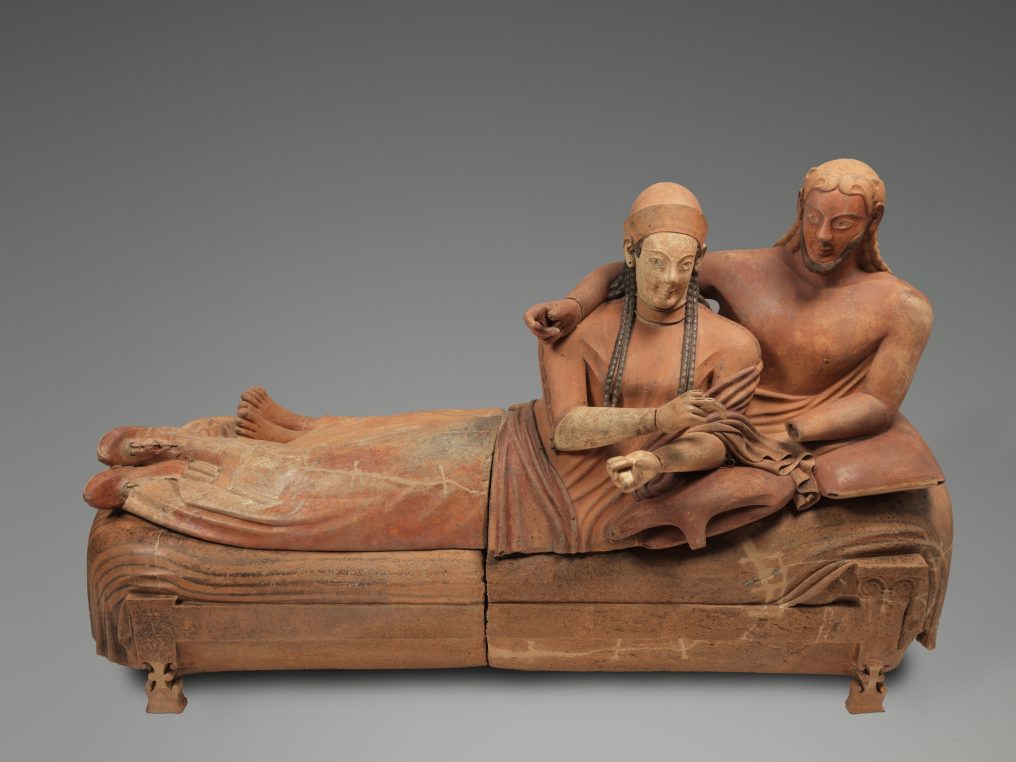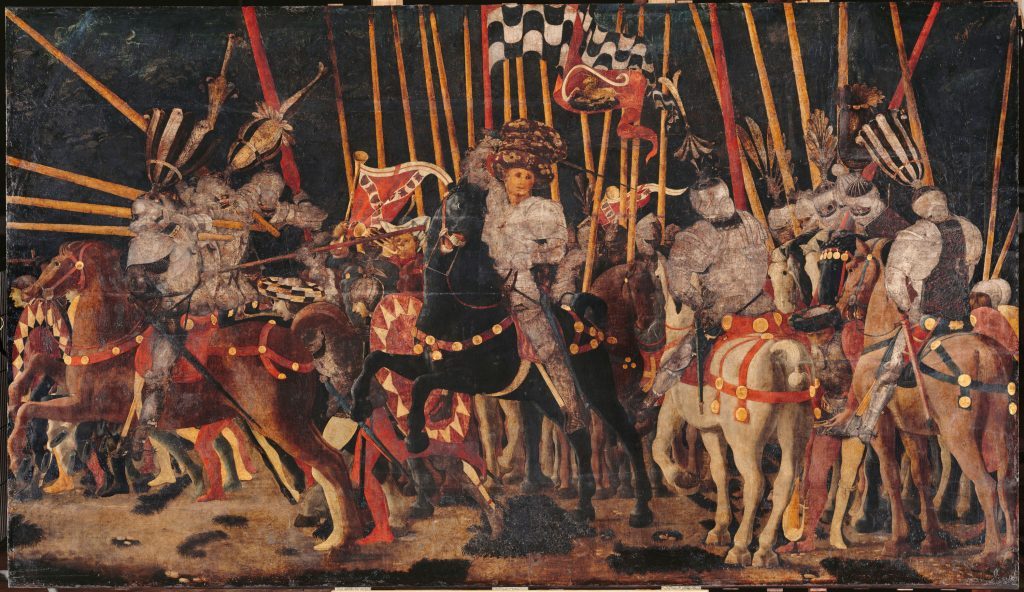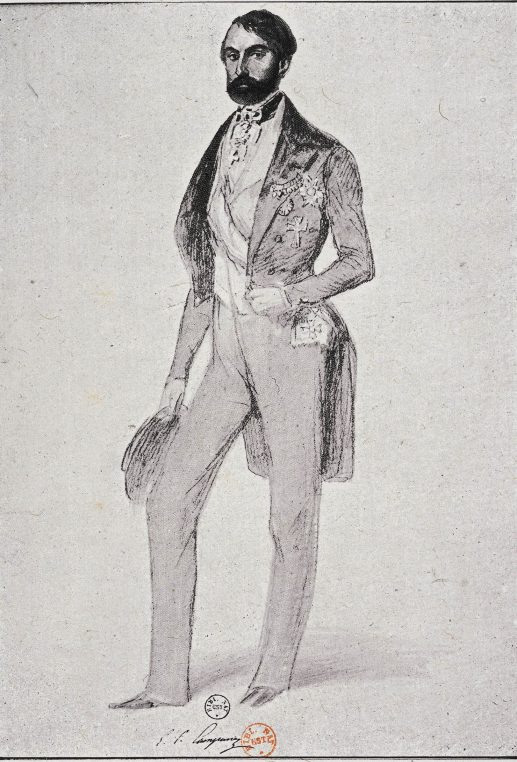In twenty years between 1830 and 1857 Giampietro Campana, who was running the Monte de Pietà in Rome, managed to create the most extravagant collection (12 000 pieces) of Italian art from Antiquity to his time. It was dispersed when he was accused of mixing the Papal state’s money and his own, and for the first time, the Hermitage museum in St Petersburg and the Louvre have reunited over 500 works bought by Czar Alexander II and Napoléon III.
This intense collector kept his finds in different premises in Rome. At villa Campana near St Jean de Latran which was partly open to visitors, but also in the Monte de Pietà and at Palazzo Corso. He first proceeded to numerous excavations around Rome, but he also bought a lot of antiques in Florence and Naples which were independent cities at the time. He acquired 3 800 vases, many bronzes, pieces of jewelry and coins, terra cotta, paintings and sculptures from Antiquity. His wish was to establish the unity of Italy through its art history. This collection was a major turning point in the country’s cultural identity.
He was made Marquess of Cavalli by Ferdinand II, King of Naples. The Monte de Pietà belonged to the Pope and his work put him in contact with Rome’s highest society. His marriage to Emily Rowles, a distant cousin of Napoléon III, gave him an International dimension. Travelling guides mentioned the collection and visitors have recorded their amazing experiences at discovering it. Catalogs (cataloghi) were published in 1860 and they are now a sort of posthumous will of the collector. He died in 1880, with no money, after trying to recuperate some of the papal money made from the sale of his collection.
The “cataloghi” count 3 800 vases and represent a real encyclopedia of antique ceramics. Bronze, jewelry and coins with precious portraits. Terra cotta, glass, paintings and sculptures and curios fill as many rooms in the Louvre exhibition.
He also concentrated on regional painters, portraits and “scenes de genre” from a group of 600 paintings. Giotto and his huge cross, Masaccio, Raphaël, Carache and the famous Uccello “Battle of San Romano”. Della Robbia and his enameled sculptures is well represented.
After he went bankrupt and was imprisoned in 1857, the collection was sold by the Pope. Russia bought marbles and antique vases, Great Britain bought some modern sculptures and Napoléon III bought the rest of the collection, which was first exhibited in 1862 in the Palais de l’Industrie, then dispersed between the Louvre and provincial museums in France. This is the first time that the Russian collection is reunited with the French one.
The exhibition “A dream of Italy, the collection of Marquis Campana” is at the Louvre until February 18, from 9 am to 6 pm.
Share this Post





